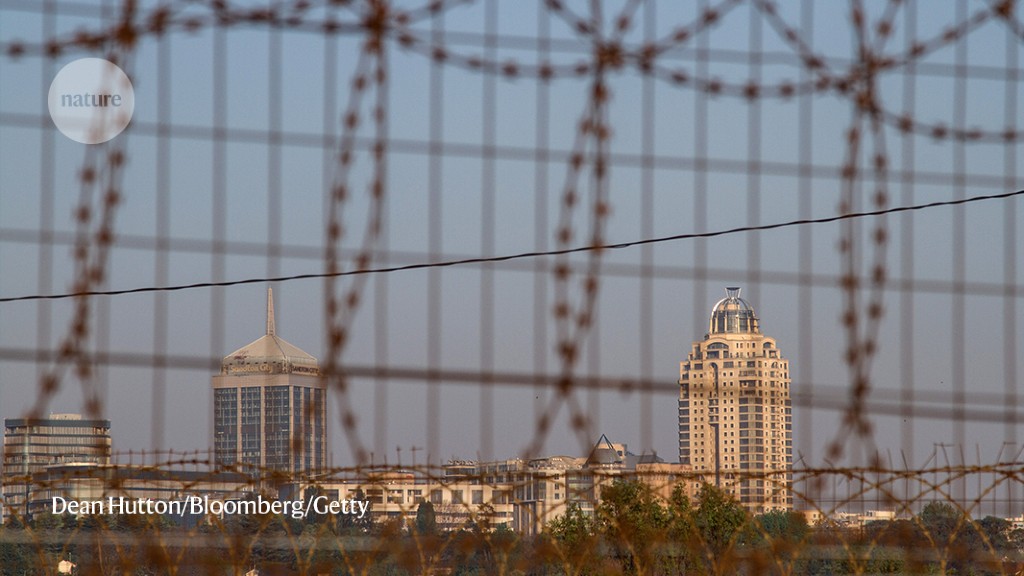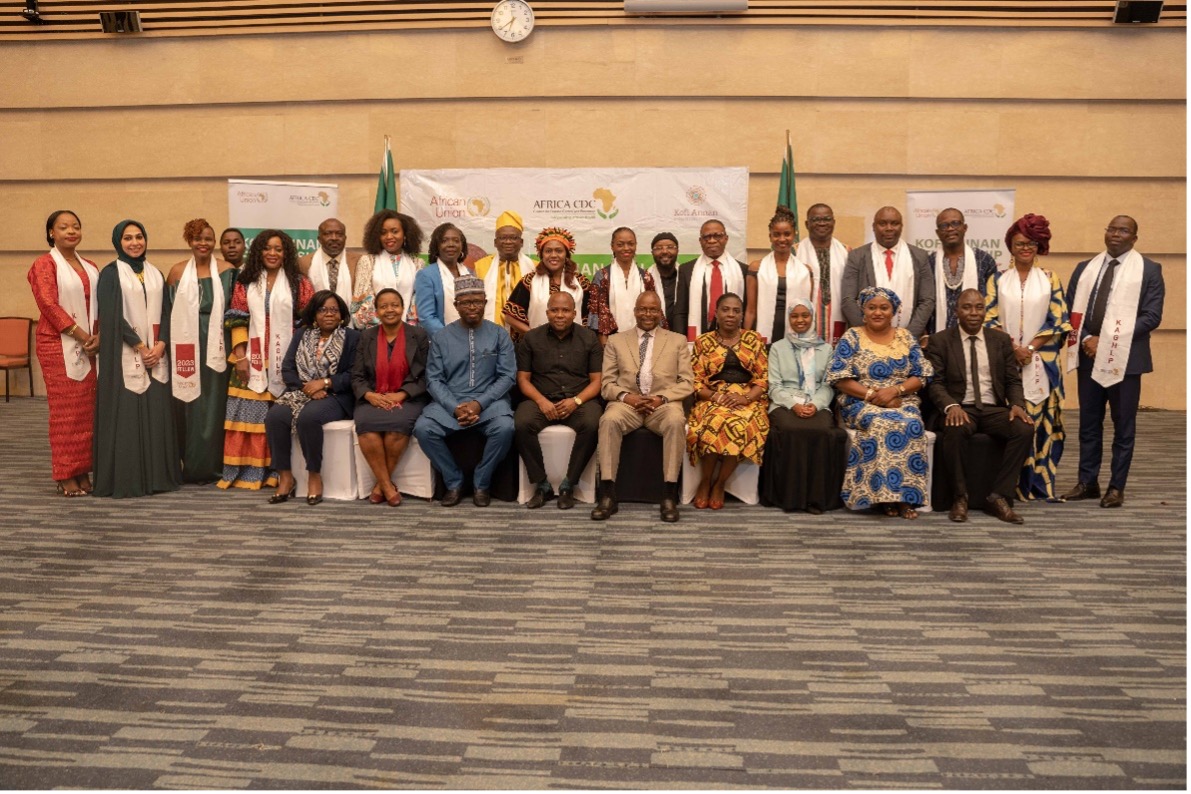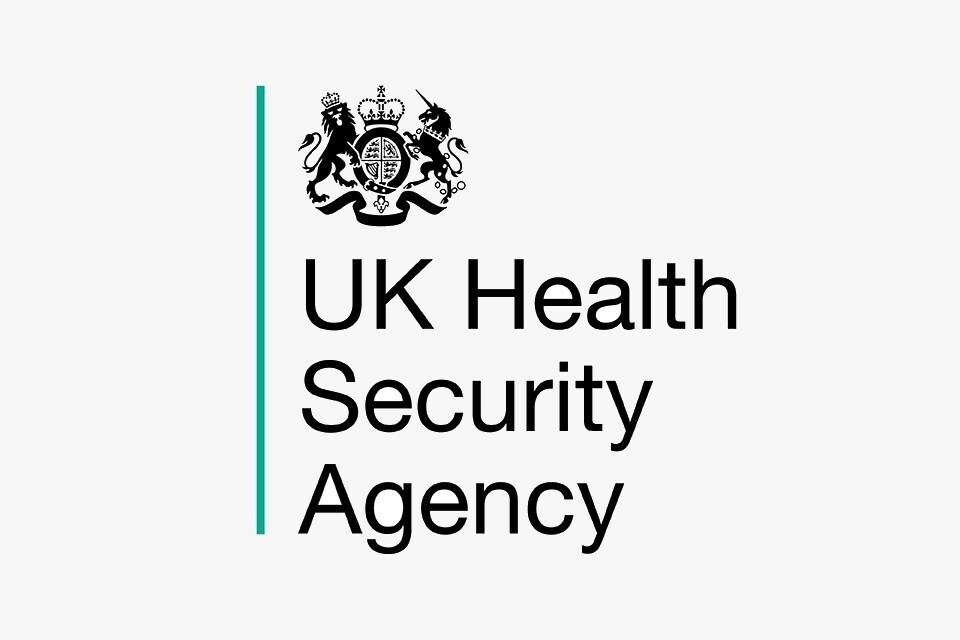A barbed wire separates Alexandra, a suburb of Johannesburg, South Africa, from its rich neighbour, Sandton.Credit score: Dean Hutton/Bloomberg/Getty
The previous few years haven’t been simple on the world’s health-care programs. When the United Nations set its Sustainable Improvement Targets (SDGs) in 2015, the specter of a pandemic sweeping the world wouldn’t have registered with most individuals.
In a collection of weekly editorials marking the midway level to the SDGs’ 2030 deadline, Nature is taking a look at every of the 17 objectives in flip. It’s no shock that progress in direction of quantity 3 — “Guarantee wholesome lives and promote well-being for all in any respect ages” — has been stuttering, at greatest. However that doesn’t imply that the targets embedded on this aim needs to be lowered when world leaders collect in New York Metropolis in September to evaluate progress in direction of attaining the SDGs. As an alternative, the well being aim needs to be strengthened by growing deal with the financial, social and energy inequities that drive illness and incapacity worldwide — and researchers should play their half in making that occur.
The UN’s well being and well-being targets cowl a large territory that features lowering maternal mortality to one-third of present charges, halving road-traffic accidents and ending epidemics of ailments resembling tuberculosis and malaria. Earlier than the COVID-19 pandemic, there have been a number of encouraging indicators of progress.
Progress in direction of the Sustainable Improvement Targets
From 2015 to 2021, 146 international locations out of 200 evaluated have been heading in the right direction to fulfill the SDG goal of fewer than 25 deaths per 1,000 stay births. One examine utilizing knowledge from 2020 projected that the world’s scarcity of health-care staff would fall from 15 million to 10 million by 2030 (M. Boniol et al. BMJ Glob. Well being 7, e009316; 2022). This is able to have gone a way in direction of assembly the SDG goal to considerably enhance the health-care workforce in low-income international locations.
Even earlier than the pandemic, there was rising concern that progress was starting to stage off in some areas that beforehand seemed promising. The speed of maternal mortality, which declined from 2000 to 2016, was pretty fixed within the 5 years after the SDGs have been established. On the final depend, in February 2020, it was nonetheless round thrice the SDG goal of 70 maternal deaths per 100,000 stay births by 2030.
However then the pandemic hit, taking thousands and thousands of lives, leaving thousands and thousands of individuals residing with incapacity and disrupting health-care programs worldwide. There have been oblique, in addition to direct, results. With world leaders specializing in the pandemic, world spending on tuberculosis companies dropped by 10%, from US$6 billion in 2019 to $5.4 billion in 2021; over the identical interval, deaths from tuberculosis rose from 1.4 million to about 1.6 million. Malaria-associated deaths rose by 12%, from 558,000 in 2019 to 627,000 in 2020. Childhood vaccination charges in opposition to diphtheria, tetanus and pertussis fell between 2019 and 2021.
Formidable aim to slash maternal deaths in jeopardy
Schooling was additionally affected by the pandemic: youngsters from deprived socio-economic backgrounds skilled extra setbacks of their studying than did these from higher-income ones (B. A. Betthäuser et al. Nature Hum. Behav. 7, 375–385; 2023). Extended faculty closures in a number of international locations meant that some youngsters left the training system early. The total ramifications of that exodus on well being and well-being may not come into focus for years. For ladies and younger ladies, for instance, being pregnant and HIV charges are likely to lower the longer they keep in training.
The ambition of the SDG well being targets was at all times lofty, however they will present a basis for formulating nationwide methods and allocating assets to enhance well being and well-being outcomes and counter disparities. Good well being isn’t just all the way down to biology; it’s affected by the surroundings, alternative, economics and discrimination. The COVID-19 pandemic laid such influences naked, with widespread disparities between wealthy and poor folks when it comes to outcomes, remedy availability and vaccine distribution. However public dialogue of the social determinants of well being fizzled out because the pandemic eased, says public-health researcher Sarah Hawkes at College School London. “We appear to have moved on,” she says. “There was a collective reminiscence lack of simply how dangerous it was.”
That dialogue should be revived within the context of the SDGs. Extra researchers must be finding out the financial and social determinants of well being, to, for instance, assist fill the info gaps that hinder efficient motion. Many international locations nonetheless don’t separate health-care statistics by intercourse, ethnicity or whether or not somebody is a refugee. With out this info, it’s too simple to gloss over inequities and their causes.
However to actually deal with world well being and well-being, governments should work to scale back financial inequality, not simply between nations but additionally inside them. This implies each shoring up the funding wanted to offer well being care and lowering the poverty, discrimination and violence that contribute to sick well being.
Will COVID drive public well being to confront America’s epic inequality?
In Might, the World Well being Group launched a report that laid out the financial reforms wanted to enhance world well being. The report, entitled ‘Well being for All’, set out a variety of financial measures, such because the reformation of taxes on rich people and multinational firms, and known as for permitting debt aid for low-income international locations throughout pandemics and pure disasters.
It additionally known as for a basic reformulation of how we understand well being and well-being: not as an expenditure to be chopped throughout occasions of austerity, however as an funding in a rustic’s future economic system and well-being. That could be a name that should be heard and understood. Finally, we won’t stand an opportunity of assembly the SDG well being targets except world leaders are keen to embrace the financial reforms needed to scale back inequality.



